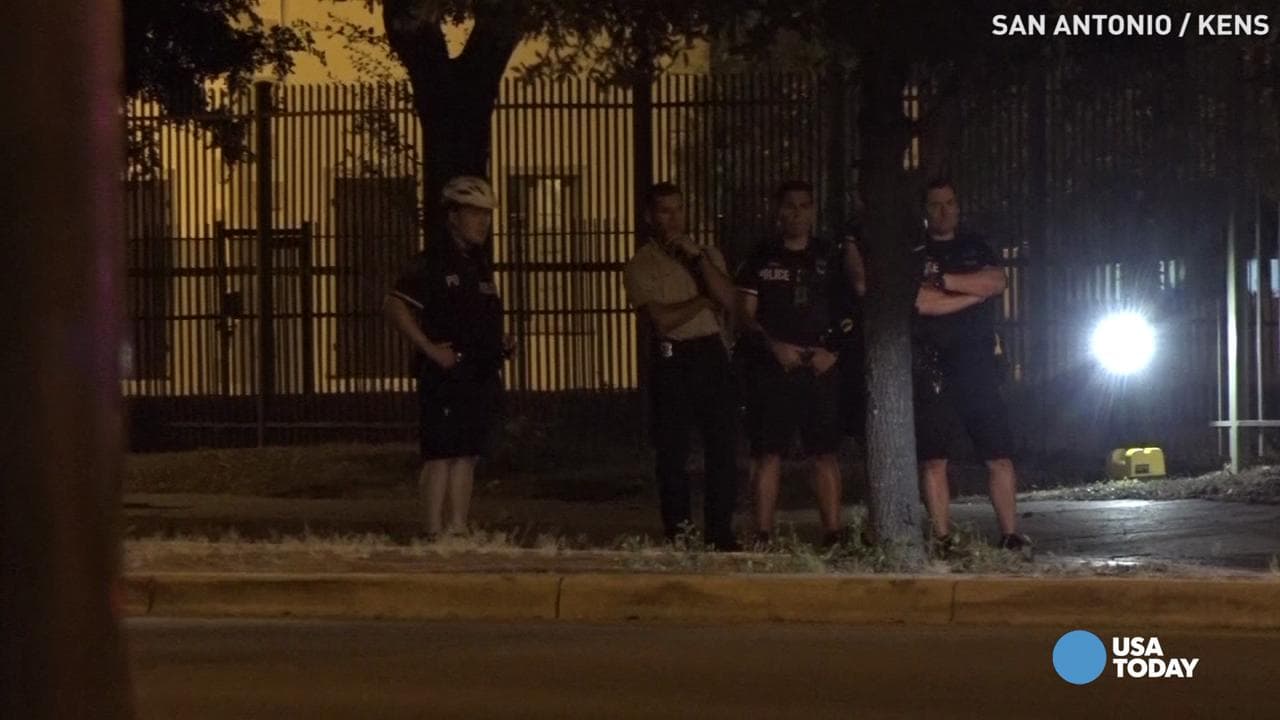Violent Crime Surges in San Antonio
The brutal stabbing of a 78-year-old man in San Antonio has once again thrust the city into the spotlight, raising urgent questions about public safety and the effectiveness of the San Antonio Police Department (SAPD). According to SAPD, the victim was found bleeding out in his garage, having allegedly been stabbed multiple times during a family dispute. As police scramble to apprehend the suspect, the community is left grappling with the implications of rising homicide rates that have plagued the city.
Community Outcry Over Police Accountability
As reported by SAPD"s General Manual, there are established protocols for handling violent crimes, yet the effectiveness of these measures remains in question. The murder of this elderly man highlights a systemic failure to protect vulnerable populations, particularly in neighborhoods already suffering from economic distress. Activists are calling for increased police accountability, urging that the SAPD must prioritize not just enforcement, but also community engagement and preventive measures.

Austin authorities identify suspect in 1980 cold case killing ...
Socioeconomic Factors Fueling Crime
The intersection of poverty and crime is not a new phenomenon, but in San Antonio, it’s rapidly escalating. According to recent studies, areas with high poverty rates often see higher crime rates, as economic despair fuels desperation. The victim, whose identity has not been publicly confirmed but is linked to the Las Palapas restaurant chain, symbolizes the fragility of community stability in times of economic turmoil.
Politicians Must Take Action
In the wake of this tragedy, political leaders must not turn a blind eye. The current administration has focused on crime reduction strategies that lack comprehensive community input, resulting in a disconnection between law enforcement and the very residents it is supposed to protect. As activists emphasize, funding must be redirected towards social services that address root causes of violence, such as mental health support and economic development initiatives. This means rethinking traditional policing models that have historically marginalized communities of color.

Annual Training Conference Information | Mississippi ...
Environmental Justice Amid Crime Concerns
The implications of crime extend beyond immediate safety concerns; they also intersect with environmental justice issues. For communities already grappling with pollution and lack of resources, an increase in crime rates can exacerbate existing health disparities. The burden of environmental degradation often falls heaviest on marginalized communities, combining with crime to create a toxic mix that threatens their very existence. As SAPD"s violent crime reduction plan continues to evolve, it is paramount that leaders incorporate a framework that addresses both environmental and social justice.



![[Video] Giant pandas Huan Huan and Yuan Zi return to China from France](/_next/image?url=%2Fapi%2Fimage%2Fthumbnails%2Fthumbnail-1764071460136-ih2yd-thumbnail.jpg&w=3840&q=75)

![[Video] Left-wing radicals attack AfD politicians and journalists in Giessen](/_next/image?url=%2Fapi%2Fimage%2Fthumbnails%2Fthumbnail-1764438663474-e7iix9-thumbnail.jpg&w=3840&q=75)


